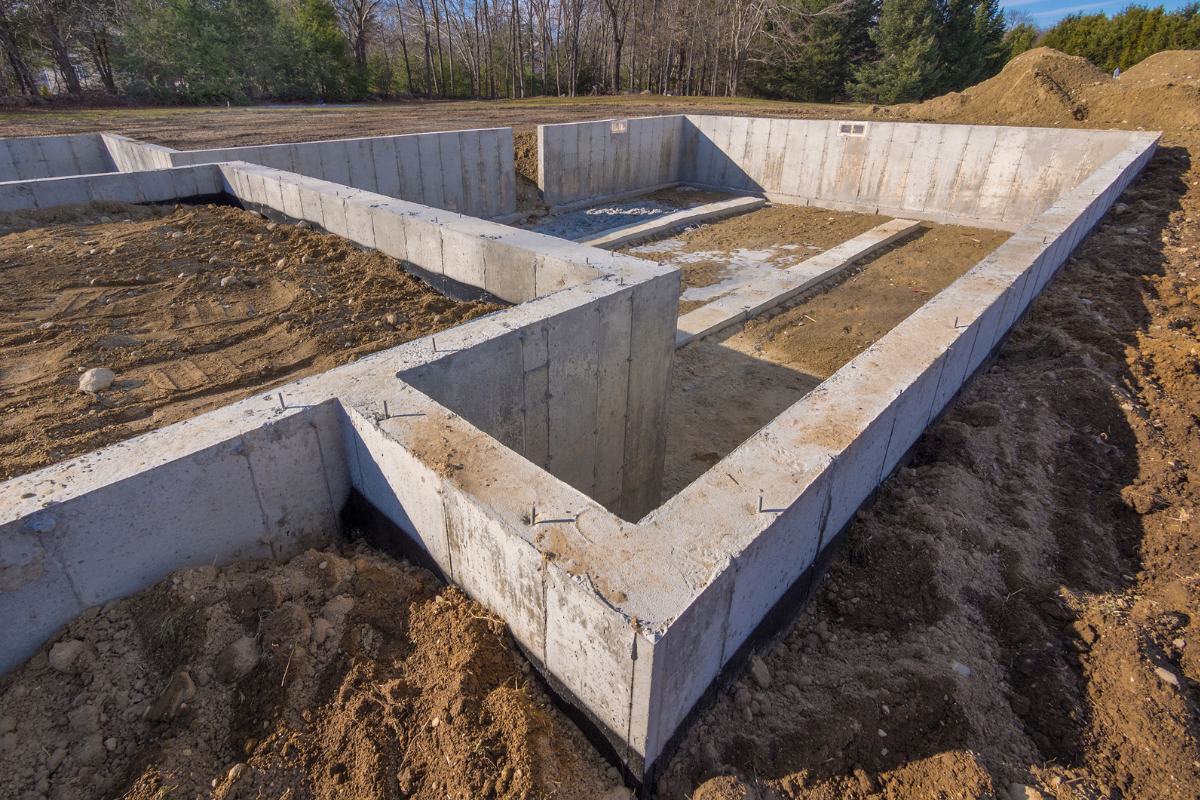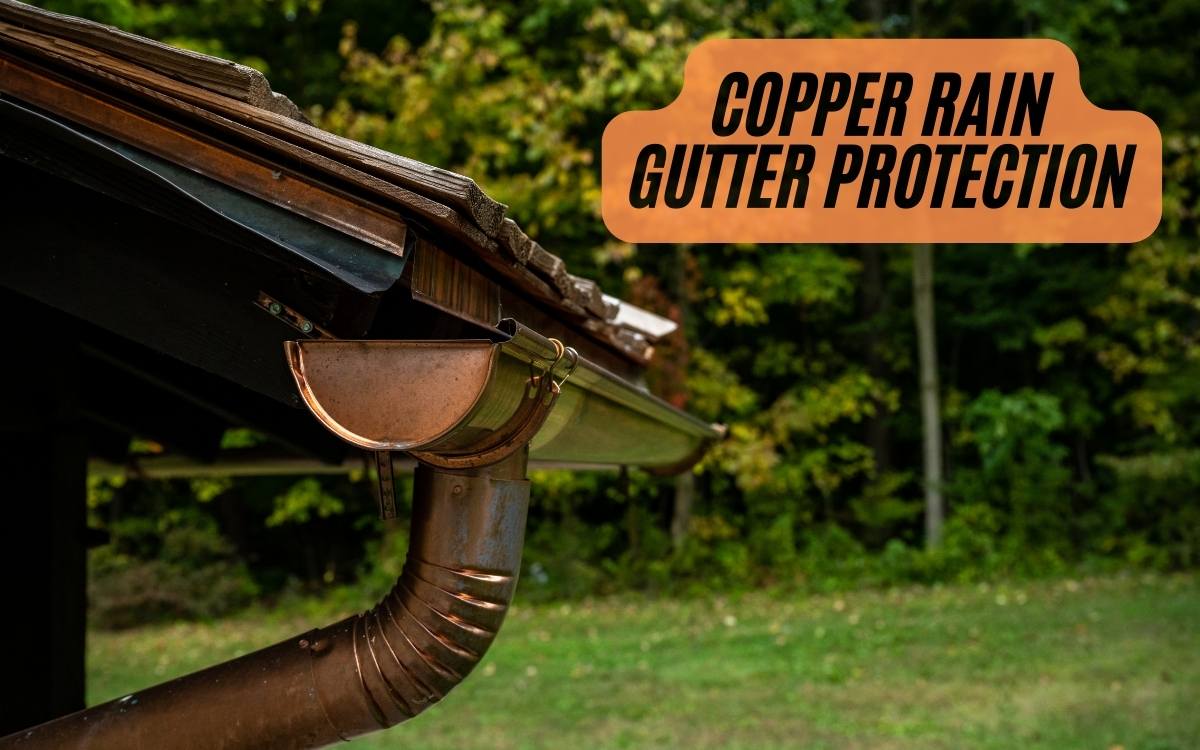Foundation Frenzy: Choosing the Right Base For Your Home
When it comes to choosing the right foundation for your home, think carefully about your budget, lifestyle, and maintenance needs. Slab foundations are a cost-effective option, ideal for warmer climates, while crawl space foundations provide excellent airflow and are suitable for flood-prone areas. Basement foundations, on the other hand, offer additional living space and flexibility. To make an informed decision, you must weigh the pros and cons of each type, taking into account factors such as climate, soil conditions, and local building codes. By exploring your options further, you’ll be able to find the perfect foundation to support your dream home.
Slab Foundation: The Budget-Friendly Option
Most homeowners opt for a slab foundation, the simplest and most budget-friendly type of house foundation, which accounts for nearly 75% of new constructions in the United States.
A slab of concrete around 6 to 8 inches thick is poured directly onto a soil surface prepared with gravel to facilitate drainage. This type of foundation eliminates the need for a flooring support system, further cutting costs and speeding up construction.
Slab foundations are exceptionally sturdy, require minimal digging, and are ideal for warmer climates. However, they are vulnerable to pressure caused by freezing and thawing ground.
Despite this, slab foundations offer numerous benefits, making them a popular choice for homeowners seeking a cost-effective and efficient foundation solution.
Crawl Space Advantages and Disadvantages
Nearly a quarter of new constructions in the United States opt for a crawl space foundation, which offers a unique set of advantages and disadvantages.
On the plus side, crawl space foundations provide air circulation under the house, keeping rooms cooler in summer and reducing the risk of flood water entering the house. They are ideal for areas with a high water table or tendency to flood.
Additionally, crawl spaces allow for easy access to plumbing and electrical systems, making maintenance a breeze.
However, crawl space foundations require proper insulation and maintenance to prevent moisture buildup and pest infestation. In addition, they can be more expensive than slab foundations and may not be suitable for areas with rocky or unstable soil.
Basement Foundations: Extra Living Space
The allure of additional living space is a significant draw for homeowners considering a basement foundation, as it provides a unique opportunity to extend their home’s functional area without sacrificing valuable outdoor space.
A basement foundation offers a chance to create a fully functional room, perfect for a home office, playroom, or home gym, without the need for costly additions or renovations.
This extra space can also be utilized for storage, freeing up cluttered areas of the main living space.
Additionally, a basement can be tailored to meet individual needs, providing a sense of liberation and freedom to create a personalized oasis.
Weighing Foundation Pros and Cons
While a basement foundation offers a unique opportunity to extend living space, it’s equally important to weigh the pros and cons of each foundation type to guarantee the chosen option aligns with the homeowner’s needs and the building site’s conditions.
When evaluating foundation options, consider the following key factors:
- Cost: Slab foundations are often the most budget-friendly, while basement foundations can be more expensive due to excavation and construction costs.
- Climate: Crawl space foundations are ideal for flood-prone areas, while slab foundations are better suited for warmer climates where the ground rarely freezes.
- Maintenance: Regular maintenance is necessary to prevent problems with each type of foundation, including proper insulation and air sealing.
Foundation Types by Climate and Soil
Digging into the specifics of foundation types, it’s essential to ponder how climate and soil conditions impact the suitability of each option.
For instance, slab foundations are ideal for warmer climates where the ground rarely freezes, while crawl space foundations are better suited for areas with high water tables or flood-prone regions.
Basement foundations, on the other hand, are more suitable for areas with stable soil conditions. Soil type is also a pivotal factor, as certain foundations may not be suitable for rocky or heavy soils.
Maintenance Requirements for Each
Foundation selection is only half the battle, as each type requires unique maintenance to guarantee the longevity and integrity of the structure.
Neglecting regular upkeep can lead to costly repairs, structural damage, and even safety hazards. To certify your foundation remains sturdy, this is vital to understand the specific maintenance requirements for each type.
- Drainage and Waterproofing: Regularly inspect your foundation for signs of water damage, cracks, and erosion. Verify proper drainage by installing a French drain or sump pump, and apply waterproofing coatings to prevent moisture intrusion.
- Pest Control and Insulation: Schedule regular pest control services to prevent termite infestations and rodent damage. Insulate your crawl space or basement to regulate temperatures, reduce energy costs, and prevent moisture buildup.
- Structural Inspections: Hire a basement professional to inspect your foundation annually, checking for signs of settlement, cracks, and other damage. Addressing issues promptly can prevent catastrophic failures and costly repairs.
Choosing the Right Foundation Type
When building a new home, one pivotal decision homeowners face is selecting the right foundation type to support their structure.
This choice largely depends on the terrain, climate, and personal preferences. Three primary foundation types are commonly used: slab, crawl space, and basement.
Slab foundations are budget-friendly and ideal for warm climates, but vulnerable to ground pressure. Crawl space foundations provide protection from flooding and shifting soil, while basement foundations offer additional living space.
Each type has its pros and cons, and homeowners must consider factors like maintenance requirements, land conditions, and local building codes. By understanding the characteristics of each foundation type, homeowners can make an informed decision, ensuring a solid base for their dream home.
Frequently Asked Questions
Can I Install a Slab Foundation in an Area With a High Water Table?
While a slab foundation can be installed in an area with a high water table, it’s not the most ideal choice, as water pressure can compromise the foundation’s integrity; a crawl space or basement foundation may be more suitable to mitigate water-related issues.
How Often Should I Inspect My Crawl Space for Pest Infestation?
Regular crawl space inspections for pest infestation are vital, ideally every 6-12 months, to prevent damage and health risks. Look for signs of infestation, such as droppings, gnaw marks, and nesting materials, and address any issues promptly to maintain a safe and healthy living environment.
Can I Convert a Crawl Space to a Basement Foundation Later?
Converting a crawl space to a basement foundation is possible, but it’s a complex, costly, and potentially disruptive process, requiring significant excavation, structural modifications, and permit approvals, making it vital to weigh the benefits against the feasibility and expense.
Are Basement Foundations More Prone to Water Damage?
Basement foundations are indeed more susceptible to water damage due to their underground location, making them prone to moisture accumulation, flooding, and seepage issues, which can lead to structural problems and costly repairs if not properly addressed.
Can I Build a Foundation Myself to Save on Construction Costs?
While it’s possible to build a foundation yourself, it’s not recommended, as improper construction can lead to structural issues, costly repairs, and even safety hazards, ultimately negating any potential cost savings.



